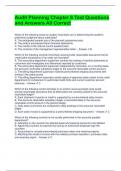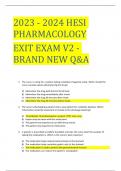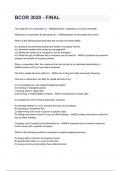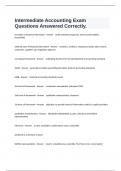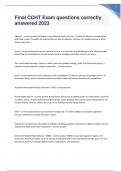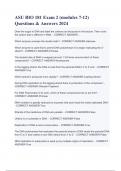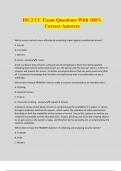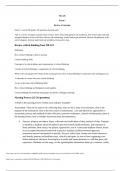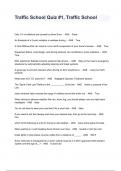Exam (elaborations)
Audit Planning Chapter 8 Test Questions and Answers All Correct
- Module
- Institution
Audit Planning Chapter 8 Test Questions and Answers All Correct Which of the following would an auditor most likely use in determining the auditor's preliminary judgment about materiality? A. The anticipated sample size of the planned substantive tests. B. The entity's annualized interim fina...
[Show more]
